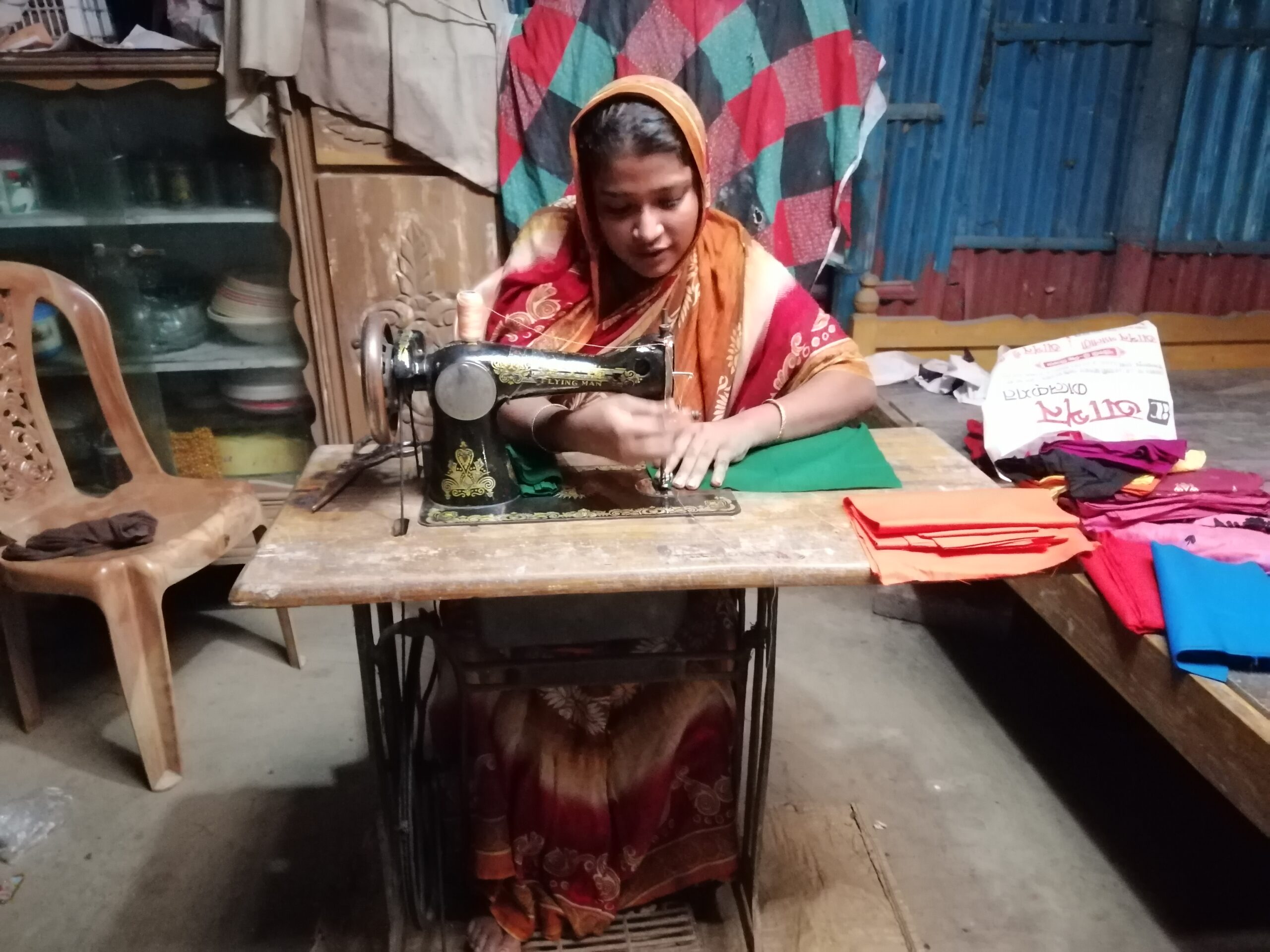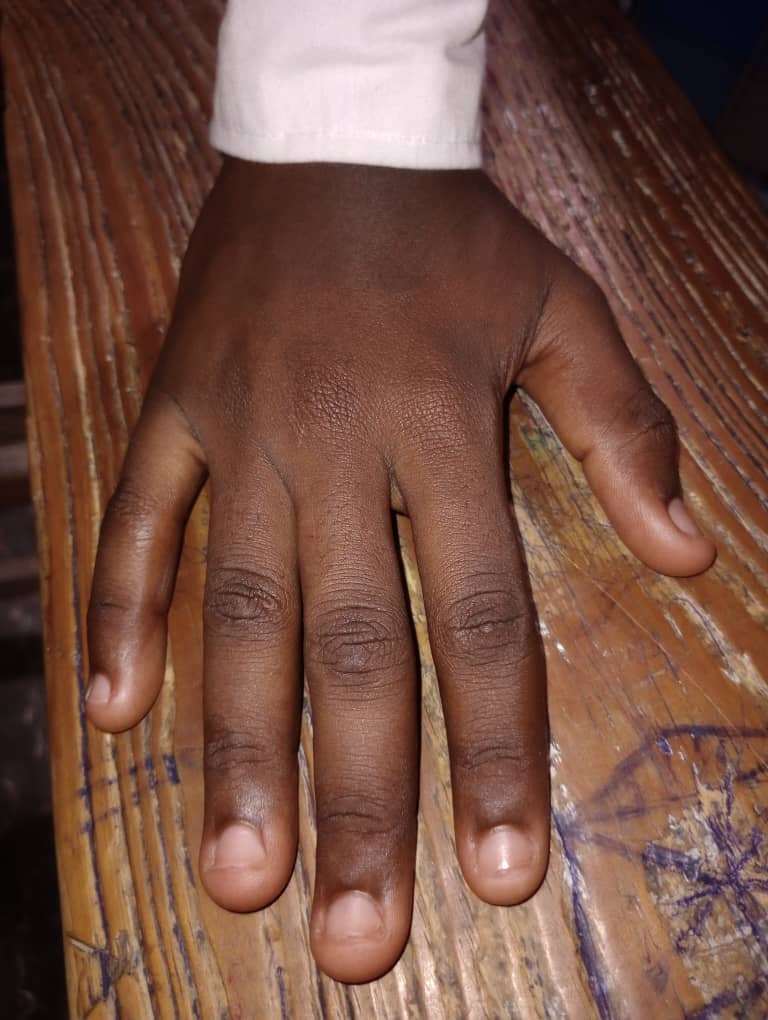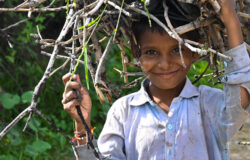This story was shared with ACT from the Haiti Forum, in the midst of brutal gang violence that has destabilized their country.
The air in Haiti is thick with tension, a palpable weight that hangs over communities like a storm cloud ready to burst. For the people here, life isn’t just about living; it’s about surviving in the face of relentless gang violence that tears apart families and shatters dreams.
In the heart of Port-au-Prince, where the chaos reigns most fiercely, every day brings new horrors. Since that fateful day in late February when violence erupted once again, the city has become a battleground, with armed groups carving out territories like warlords of old. The toll is staggering thousands dead, countless injured, and a sea of displaced souls seeking refuge wherever they can find it.
In makeshift camps scattered around the city—schools, churches, even government buildings—hundreds of thousands huddle together, seeking safety in numbers. But safety is a fragile illusion here, shattered with each new attack that rips through the night.
Among the chaos are stories of courage and resilience, whispered tales of survival against all odds. Psychologist Kate Ulysse knows these stories well, her office a sanctuary in a city engulfed by violence. She listens as survivors pour out their hearts, sharing tales of unimaginable horror endured in places like Croix des Bouquets and Cité Soleil.
“The violence takes many forms,” she says, her voice heavy with sorrow. “Robberies, murders, rapes—the list goes on. But it’s not just the physical wounds that scar these people; it’s the psychological trauma that cuts the deepest.”
For those who survive, the scars run deep, etched into their very souls. Post-traumatic stress, anxiety, depression—the aftermath of violence leaves its mark in ways that may never fully heal. But amidst the darkness, there are glimmers of hope, small sparks of humanity that refuse to be extinguished.
Local organizations like IDEJEN and ORRAH Service Chrétien d’Haïti are beacons of light in the darkness, offering a lifeline to those in need. Psychosocial support workers like Liliane Joseph brave the dangers of the streets, reaching out to survivors with compassion and understanding.
“We had to create a safe space,” Liliane says, her eyes shining with determination. “A place where survivors can come and feel heard, feel understood. Because no one should have to face these horrors alone.”
She explains that empowerment is key, empowering women to reclaim their dignity and rights. Through counseling and economic support, organizations like SCH are helping survivors rebuild their lives, one small step at a time.
For Polone Cadet, a mother of three, the support couldn’t have come at a more crucial moment. “Without it, we might not have survived,” she says, her voice trembling with gratitude. “It gave us hope when all seemed lost.”
And then there are the stories of resilience, of strength in the face of unimaginable adversity. Helena Prophete, just a girl when she was brutally assaulted, now dreams of becoming a doctor to help others like her.
“Talking about it helps,” she says, her voice steady despite the memories that still haunt her. “And with organizations like SCH, I know I’m not alone.”
But the road ahead is long, the challenges daunting. As Kate Ulysse knows all too well, the fight against violence is far from over.
“It’s an uphill battle,” she says, her gaze steady, her resolve unwavering. “But we can’t give up. Not when there are lives at stake.”
And so, the people of Haiti continue to fight, survive, and hope for a better tomorrow. Amid darkness, they cling to the light, knowing that if there is hope,
Together, we can make a difference.



